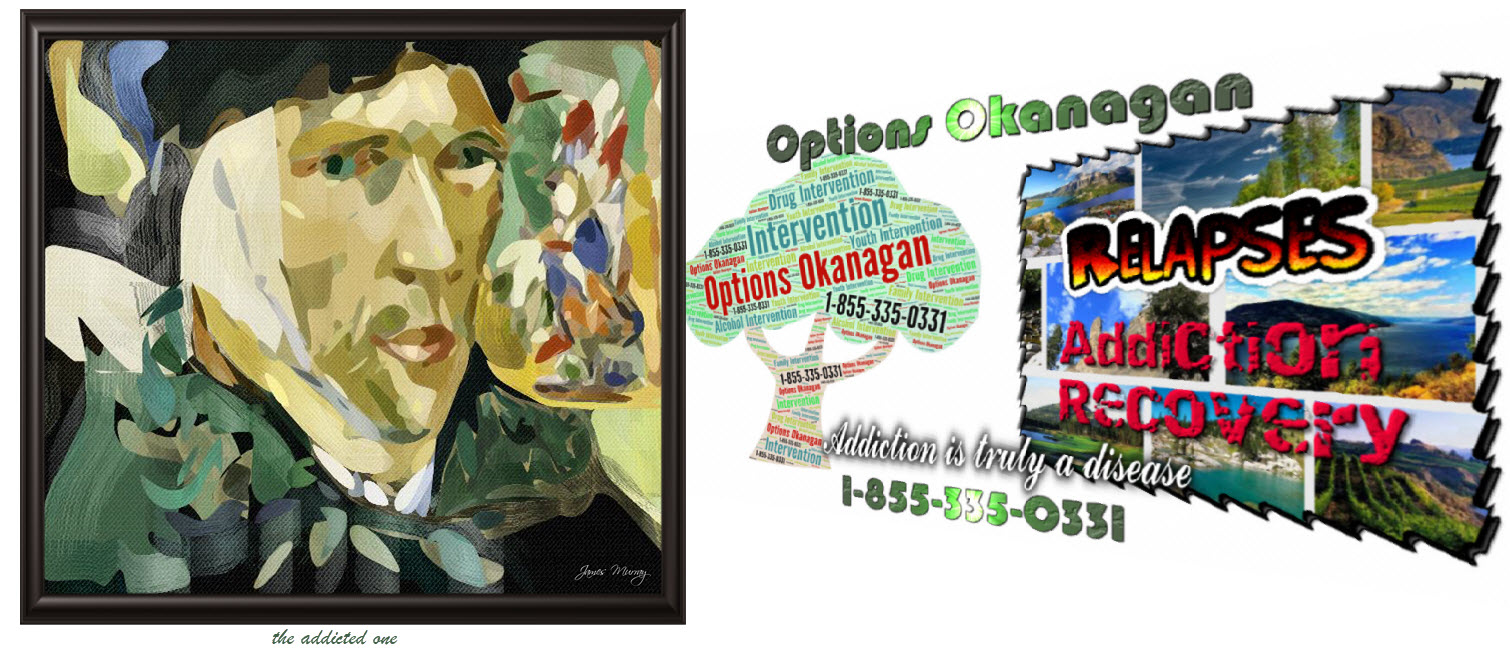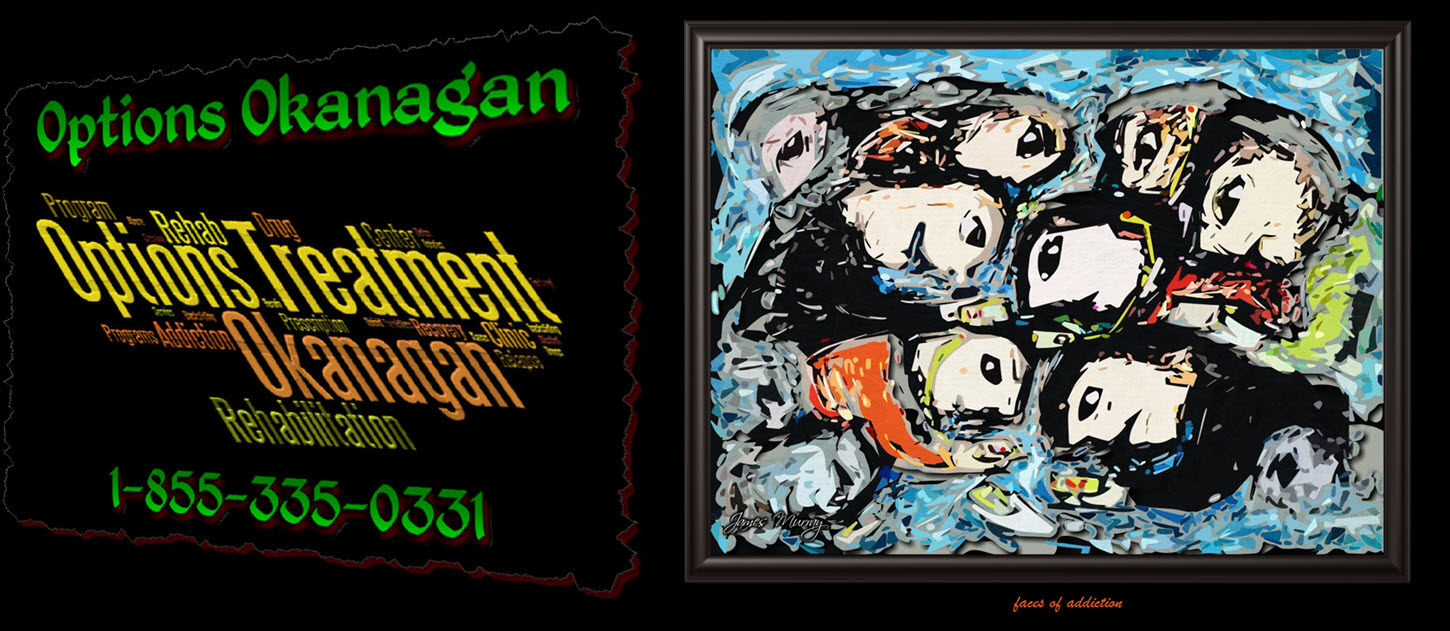Oxycontin caused the opioid crisis, but stigma and bans fueled it. (PART 02) Prescription drug abuse and addiction – Opiate and prescription drug OxyContin intervention in British Columbia and Alberta – Options Treatment Center in Kelowna, British Columbia treating prescription drug, OxyContin, opioid, opiate, fentanyl, heroin, and alcohol addiction and recovery.
Prescription Drug Oxycontin Rehabs In Alberta And BC
Oxycontin caused the opioid crisis, but stigma and bans fueled it
The research showcases that the illegal drug market will adapt to drug demand and law enforcement efforts.
Treatment barriers
And always, individuals who use drugs are hammered with messages unsupported by research that exacerbate the harm.
People in the public eye, like health officials and community leaders urging individuals to seek rehab treatment, stressing that recovery will happen. However, about 80% of the individuals seeking treatment do not have access to it. There are treatment barriers which include real health care costs, lack of treatment options, and of course the social stigma attached to addiction. Research also shows that some individuals are not ready for treatment or do not want to stop using or get sober.
Sobriety is advertised as the ultimate triumph or major goal by drug users. However, research shows that addiction is a recurring brain disorder and people are highly likely to relapse. Most drug users do it sporadically, which includes controlled and uncontrolled drug use and becoming sober from time to time. There is also ample evidence that the fear of arrest and shame drives individuals to conceal their drug use in ways that increase the risk of a fatal overdose. This is because when a person uses drugs alone, no one can call 911 or perform CPR in the event of an overdose.
The most effective drug treatment is medically assisted treatment and is considered the gold standard for opioid-related disorders, but is underutilized. An opioid, Buprenorphine which has a “ceiling effect,” meaning it is not like heroin or morphine, does not have the intoxicating action, but rather quenches the thirst for opioids. Buprenorphine helps individuals deviate from uncontrolled drug use and reduce their physical cravings. Individuals with Buprenorphine prescriptions are often ready to work again, attend their therapy sessions, and regain some of the joy of everyday life.
However, the availability of buprenorphine varies widely depending on where a person lives, and people of color are consistently not prescribed this life-saving drug. Methadone has been used to treat opioid-related illnesses since the 1950s but remains difficult to access in the long term. Researchers point to the role of persistent stigma in the inadequate use of both drugs.
Better road ahead
Public medical health officials, activists who are in harm reduction, and citizens who are concerned about drug use in the United States and Canada are working to provide safer injection sites for individuals to take these drugs in the presence of medical trained personal. These sites help prevent fatal drug overdoses by providing an appropriate and timely medical response and paving the way for further medical care and treatment for addiction. In response to the strains in the hospitals from the covid-19 pandemic, the availability of methadone for homes has expanded and these changes have some physicians and medical treatment experts hopeful that they will become permanent.
The effectiveness, contents, and potency of the drugs are often unknown to drug users. Drug screening programs allow individuals to check the drug for fentanyl at their home using a test strip, and these programs have grown in popularity with government support. Many areas of the country continue to expand the access to naloxone, an easy-to-use nasal spray for overdoses. Individuals who are using drugs or have friends or relatives who are drug users are encouraged to learn about how to take or administer naloxone and nasal sprays.
Anyone advocating safer supply and decriminalization of drugs is showing success overseas. Heroin/Fentanyl-assisted treatment has been shown to be effective at keeping individuals off the illegal drug market, and thus reducing the risk of drug overdoses. These assisted treatment programs in Germany have improved the physical and mental health of patients and at the same time drastically reduced the use of illegal drugs. Portugal had the highest fatal overdose rates in Western Europe and in response was the first to decriminalize all drugs in the early 2000s. Portugal spent their money on education and drug treatment rather than prohibition bans. Portugal, today has one of the lowest rates of fatal overdoses from drugs in Western Europe and also an overall decline in drug use. Prohibition will always fail all the time.
The United States contains the world’s largest number of drug users and consistently also has the highest rates of opioid and cocaine addiction in the world. In the studied research, it was concluded that individuals often describe their drug use as a struggle or battle between their sobriety or dying from a drug overdose. But the heartbreaking wave of accidents, fatal overdose deaths tells a much more complicated story. Ignoring the evidence would definitely cost more lives.
Oxycontin Caused The Opioid Crisis, But Stigma And Bans Fueled It
Options Okanagan Opiate Oxycontin and Alcohol Treatment Centers in Kelowna, Salmon Arm and Vancouver, British Columbia – Men and Women are recovering and healing from Alcohol and Drug Abuse at our treatment center here in the Okanagan right now.
Our unique and distinctive Opiate Drug and Alcohol treatment program allow men and women to come in from Calgary as well as Edmonton as we offer airport pickup.
Numerous clients come to us from Vancouver, Calgary, and Edmonton and other locations in Alberta and even other provinces for Opiate addiction treatment, heroin drug treatment, many other drugs, and alcohol addictions for rehabilitation because of the uniqueness of our treatment center.
Our (Kelowna) Alcohol and Drug Treatment Program Location:
(Not Mailing Address) – Contact Us – Web Page
For Mail Delivery :: Please contact each center for correct mailing addresses, also this location is the location of our residential treatment programs in Kelowna. Please call Toll Free 1-855-335-0331 – to contact the treatment center you are going to for the address and directions.
Options Okanagan Drug and Opiate Treatment Center
551 Sherrydale Crescent, Kelowna, British Columbia, V1V 2E6
Toll-Free Phone Number: 1-855-335-0331




